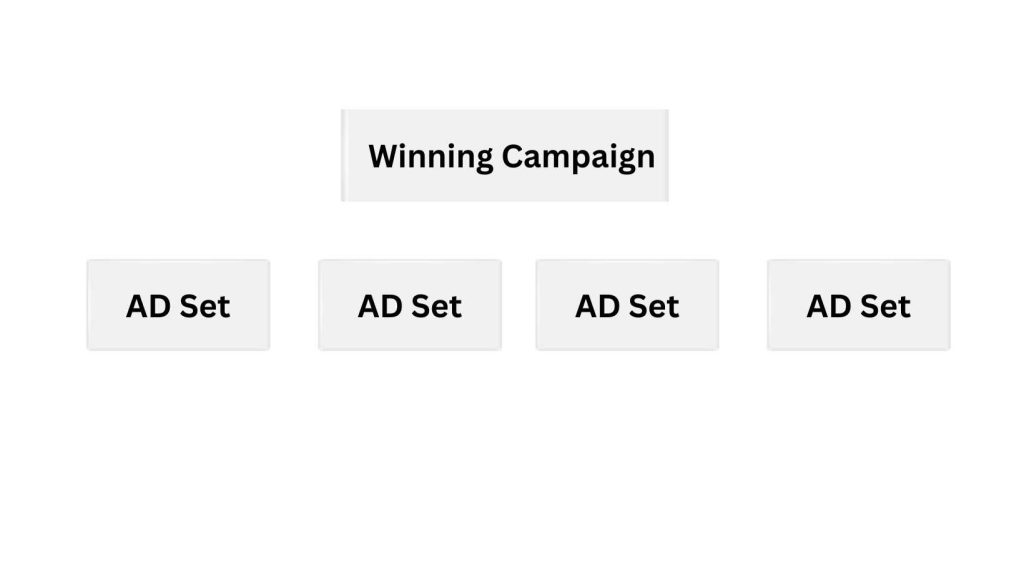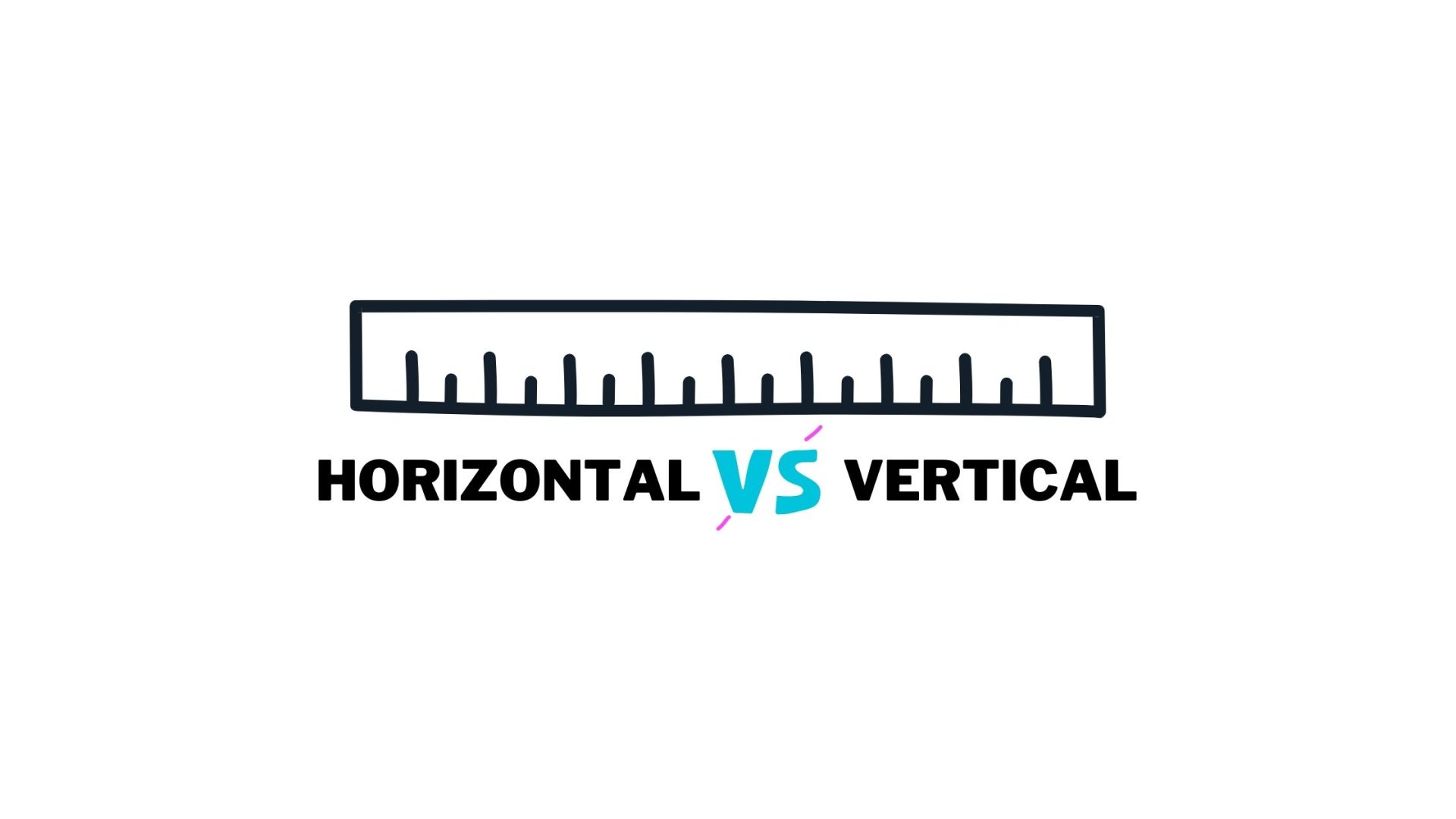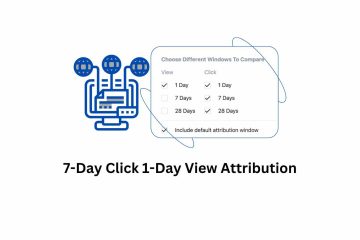In the increasingly competitive world of digital marketing, understanding the nuances between horizontal vs vertical scaling in Facebook advertising is pivotal for campaign success. In this detailed guide, we delve deep into these two strategic approaches, providing practical examples and insights to help optimize your Facebook ad campaigns.
Introduction to Scaling in Facebook Advertising
Scaling is a term often used in digital marketing to describe the process of increasing the reach and impact of your advertising efforts. In Facebook advertising, scaling can be achieved through two main approaches: horizontal scaling and vertical scaling. These strategies, while distinct, are complementary and can be employed in unison to boost your advertising campaign.
Detailed Look at Horizontal Scaling in Facebook Advertising

In Facebook advertising, horizontal scaling involves diversifying your campaign by creating multiple ad sets with varied audiences or demographics. This technique is designed to cast a wide net across potential customers without increasing the budget for any specific ad set.
Example of Horizontal Scaling
Consider an emerging footwear brand launching a new line of eco-friendly sneakers. The brand’s marketing team could create separate ad sets, each targeting a distinct audience segment. One ad set might target environmentally conscious millennials, another might aim for urban dwellers who prioritize comfort, and yet another could focus on fashion-forward individuals seeking the latest trends.
By diversifying the ad sets in this way, the brand has the opportunity to reach a broader audience. This approach not only aids in discovering high-performing audience segments but also minimizes risk as the campaign budget is distributed across multiple ad sets rather than being concentrated in one.
In-Depth Understanding of Vertical Scaling in Facebook Advertising

Vertical scaling, on the other hand, is a strategy that focuses on maximizing returns from already successful ad sets. It involves increasing the budget for high-performing ad sets to reach a larger portion of the targeted audience.
Example of Vertical Scaling
Taking the same footwear brand as our example, let’s assume their ad set targeting environmentally conscious millennials performs exceptionally well compared to the others. Recognizing this, the marketing team decides to increase the budget specifically for this high-performing ad set.
Through vertical scaling, they can reach a larger segment of the successful demographic (environmentally conscious millennials), thereby maximizing their return on ad spend (ROAS) from a group already showing high engagement and interest.
Horizontal vs Vertical Scaling: Choosing the Right Strategy for Your Campaign
The choice between horizontal and vertical scaling in Facebook advertising should be influenced by your campaign objectives, budget, and performance metrics.
Horizontal scaling is particularly effective in the testing phase of your campaign. When you’re unsure of which demographics respond best to your ads, distributing your budget across multiple ad sets allows you to evaluate the response from different audience segments.
Vertical scaling, on the other hand, comes into play once you’ve identified high-performing audience segments. By investing more into these successful ad sets, you can capitalize on their potential and further enhance your ROAS.
Combining Horizontal and Vertical Scaling
While horizontal and vertical scaling serve different purposes, they are not mutually exclusive. A balanced, successful Facebook advertising campaign often incorporates a mix of both.
In the initial stages of your campaign, horizontal scaling allows you to identify promising audience segments. Once these are identified, vertical scaling can be used to capitalize on their performance. As your campaign matures, you may find new opportunities for horizontal scaling, exploring new audience segments based on your campaign data. This iterative process helps optimize your advertising efforts, delivering improved results over time.
Concluding Thoughts
Understanding the interplay between horizontal and vertical scaling in Facebook advertising is essential for optimizing your campaigns. By striking a balance between these two strategies, you can extend your reach to a diverse audience, while simultaneously exploiting the potential of your top-performing ad sets.
Whether you’re a novice advertiser on Facebook or a seasoned professional, understanding and incorporating horizontal and vertical scaling techniques can significantly elevate your campaign’s performance. With strategic planning and continual optimization, you can maximize your ROAS, making the most out of every advertising dollar spent.
Remember, effective Facebook advertising is a continual learning process, and these scaling strategies provide a robust framework for campaign growth and optimization. Happy scaling!

Hello, I’m Ali Raza, the brain behind Digital Realm Trends.
Hailing from the vibrant world of digital marketing, I’ve honed my skills over years. Based on my experience, I’m here to unravel the complexities of digital marketing, analytics and paid marketing, crafted for individuals like you. Join me in uncovering the power of digital marketing tools and strategies, fueled by experimentation and insights.




